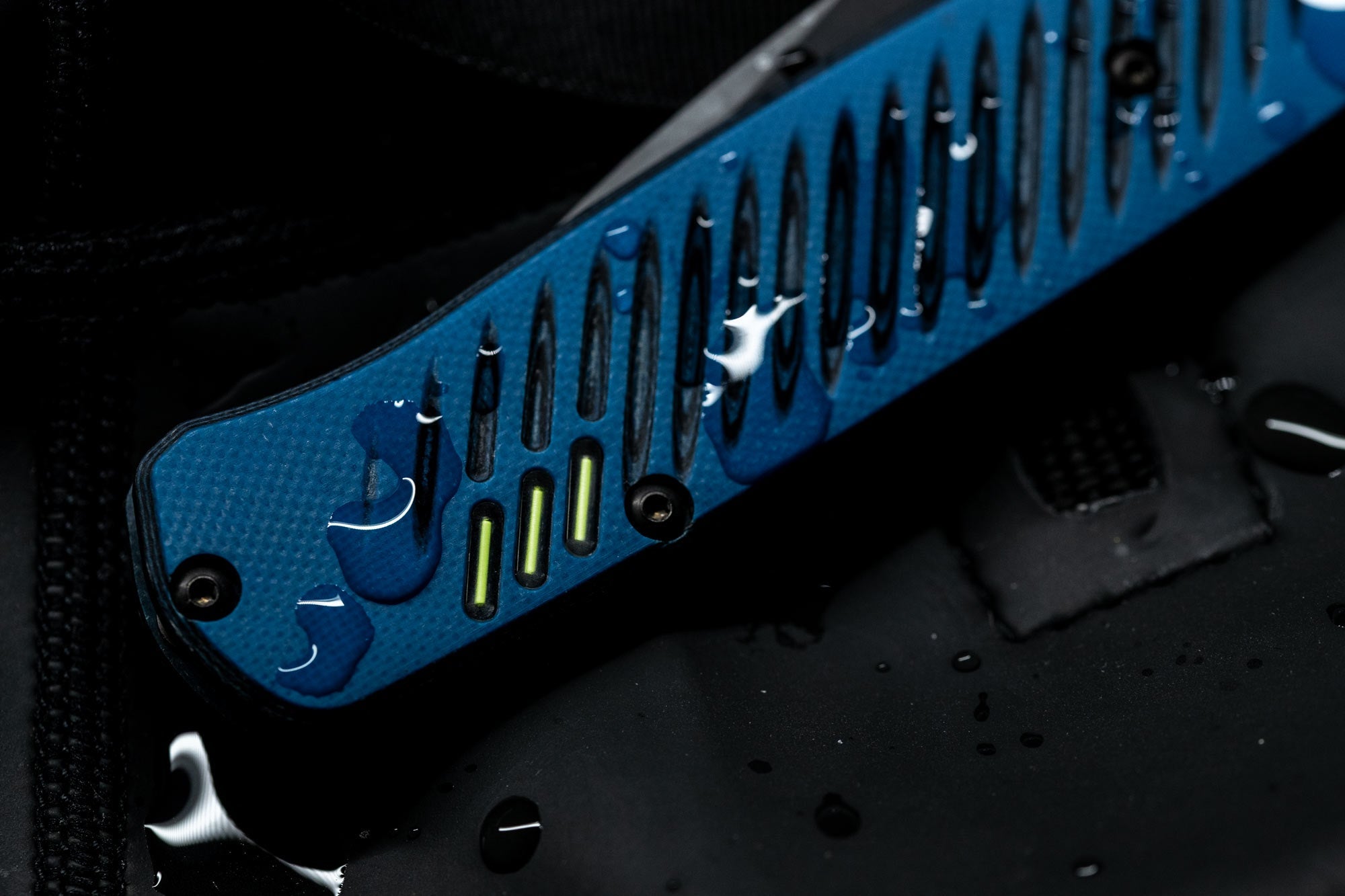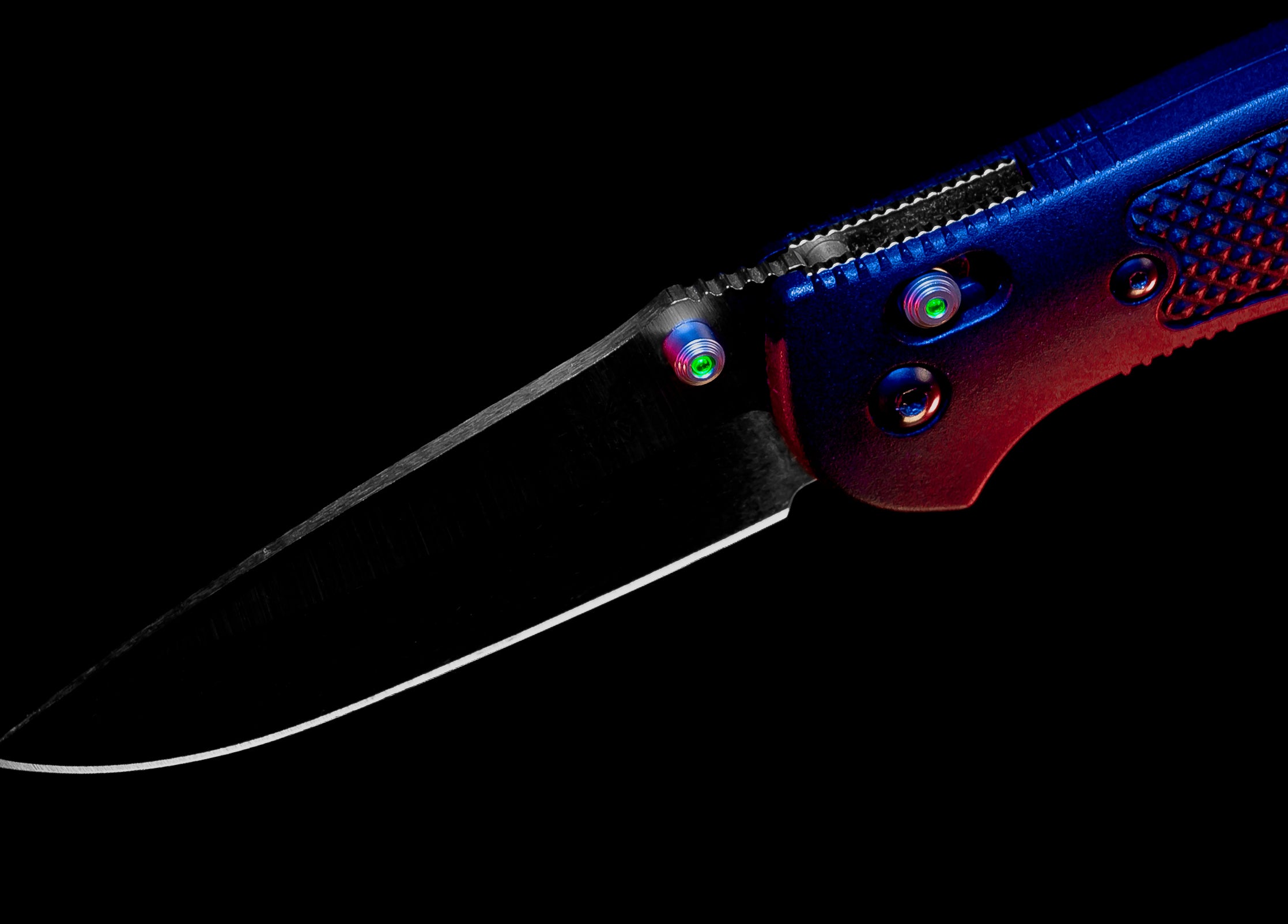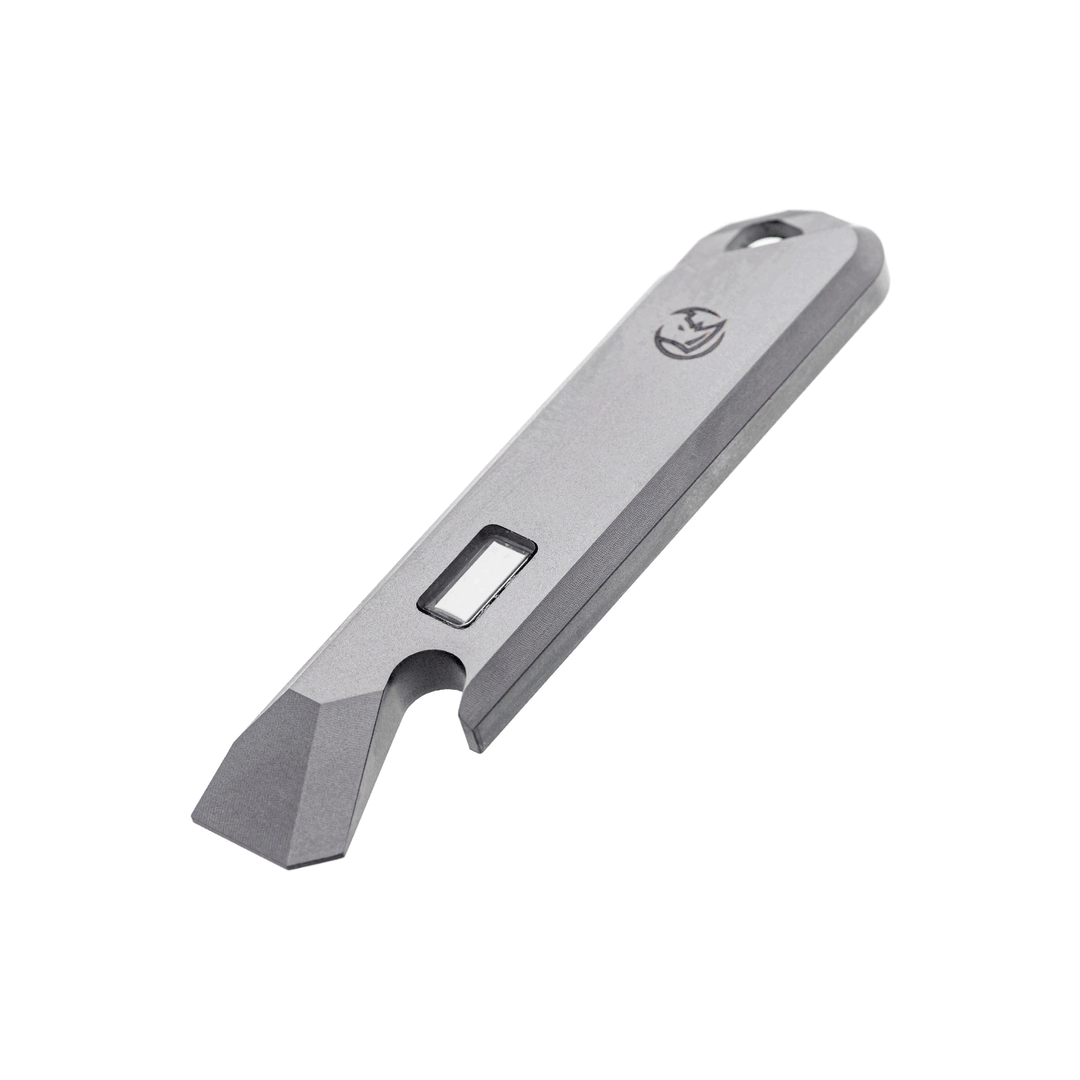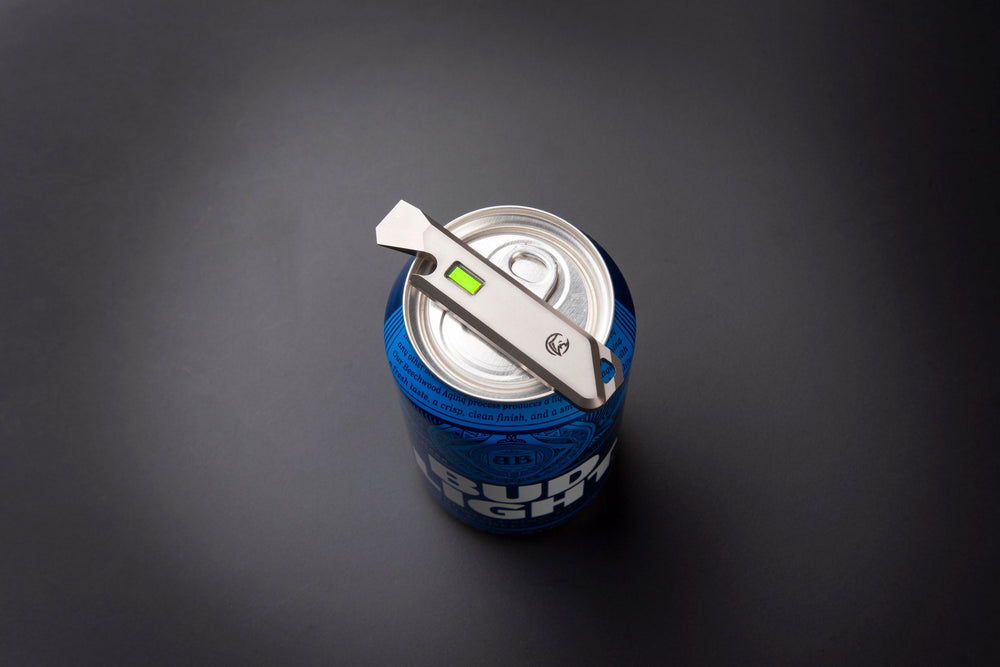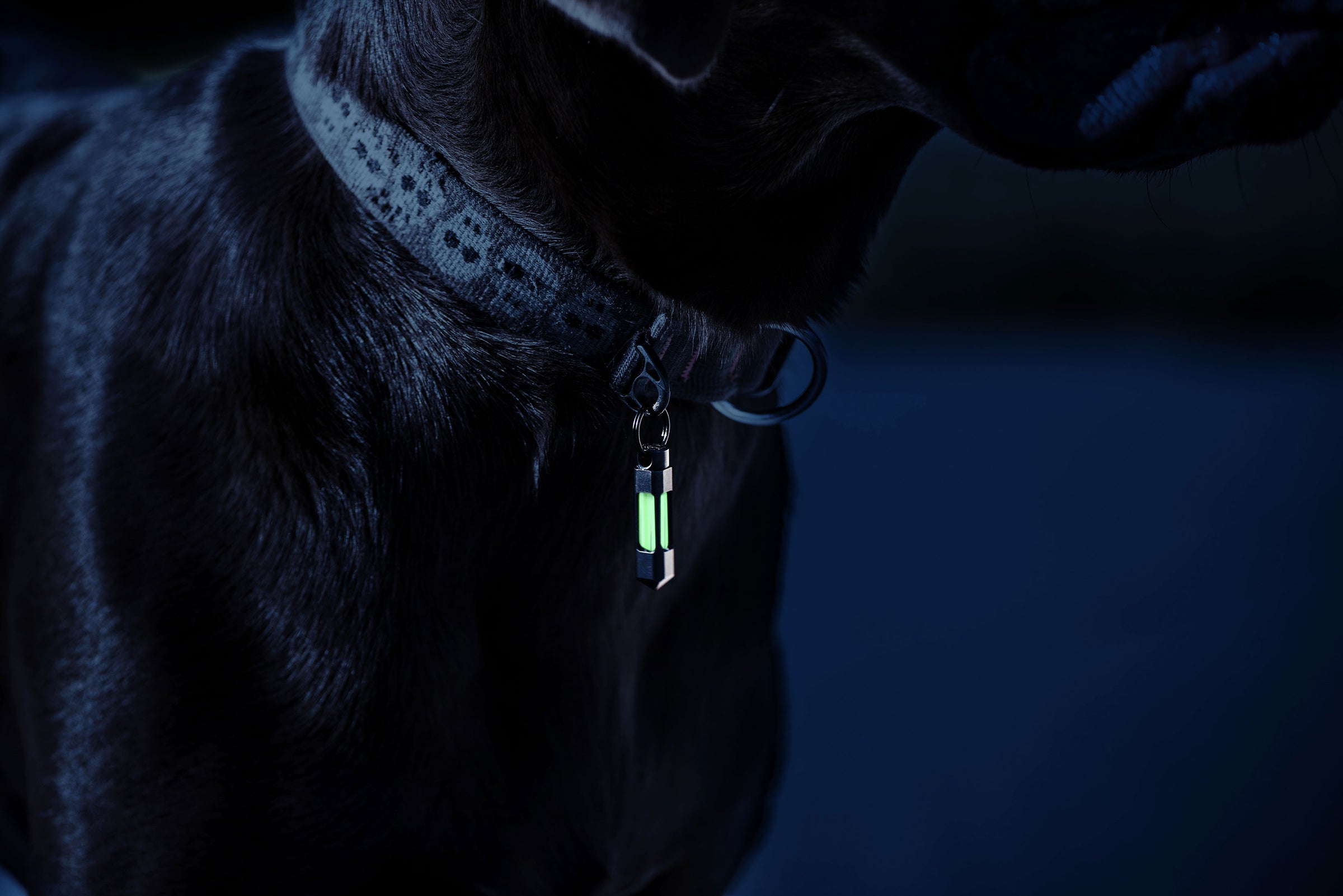
What is Tritium?
In a nutshell, tritium is a radioactive isotope of hydrogen that, when combined with phosphor, emits light. If you want to nerd out a bit, read on to better understand our favorite isotope.
Atoms: The Building Blocks
Atoms are the smallest unit you can divide matter into. They consist of a nucleus (protons and neutrons) surrounded by a cloud of electrons. The number of protons an atom has determines which element it is. Hydrogen has a single proton, putting it squarely at the top of the periodic table. Hydrogen’s incredible reactivity means it’s one of the building blocks of all things. Kind of a big deal!
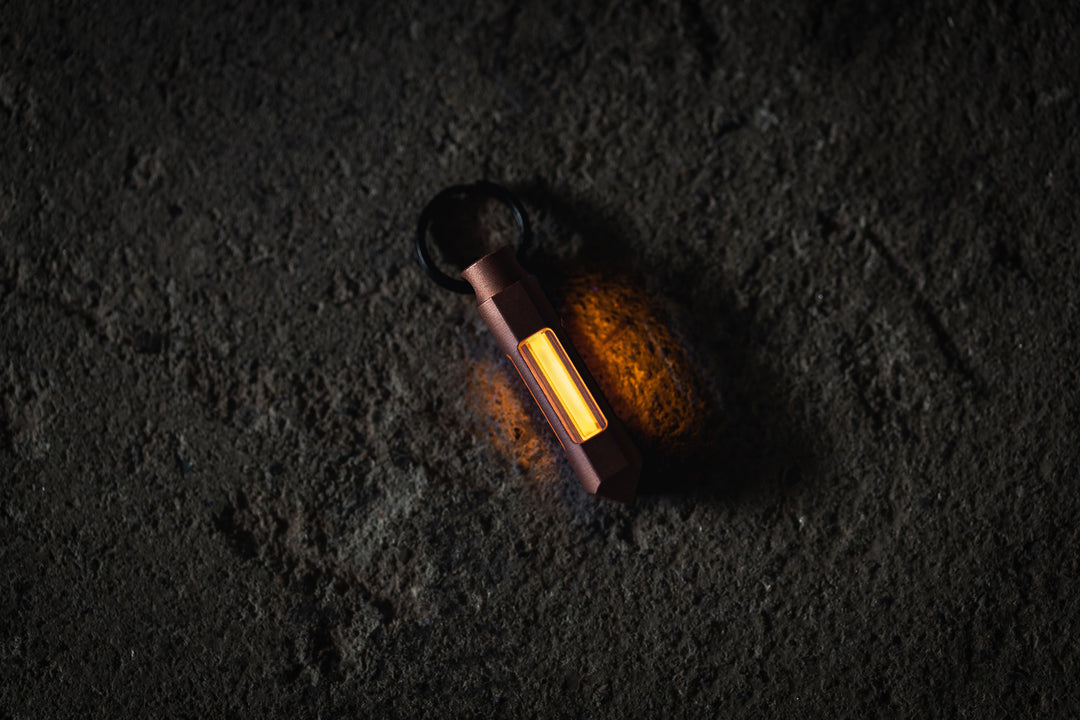
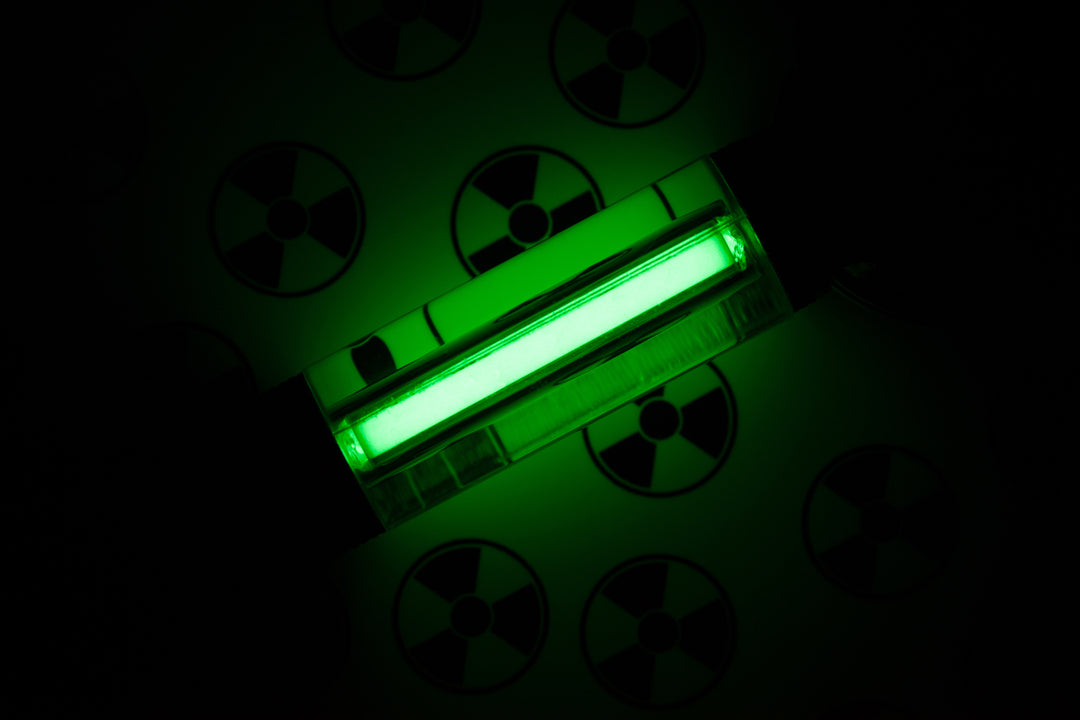
Isotopes: A Sibling Rivalry
Isotopes can be thought of as siblings: Related, but different. An isotope has the same atomic number (number of protons) as the common element, but has different numbers of neutrons, changing the isotope’s physical properties. The proton is the shared “DNA” both siblings have in common, with unique characteristics determined by the difference in neutrons.
Common hydrogen has one proton and one electron. Likewise, tritium has one proton and one electron, but two neutrons. There are three particles in the nucleus, hence the “3” in H-3. Tritium is chemically similar to common hydrogen, but has different physical characteristics. The chieftest being, it’s the only radioactive isotope of hydrogen.
Radioactive! Like, Chernobyl? Yes, we used the “R” word, but hold your horses. Tritium is totally safe (more on that in a minute).
Where does tritium come from?
Tritium exists naturally in a gaseous state or in water. The isotope’s rare gaseous form is created when cosmic rays interact with gasses in the upper atmosphere. Most commonly, tritium is a byproduct of nuclear fission.
Is tritium safe?
Like all radioactive isotopes, tritium decays, and in doing so emits beta radiation. But beta radiation doesn’t travel very far. “Soft” beta emissions only travel a few micrometers in water, and are unable to permeate your outer skin. The verdict? Tritium is absolutely safe. So can you eat it? NO. That’s just troubling. Do yourself a solid and don’t do that.

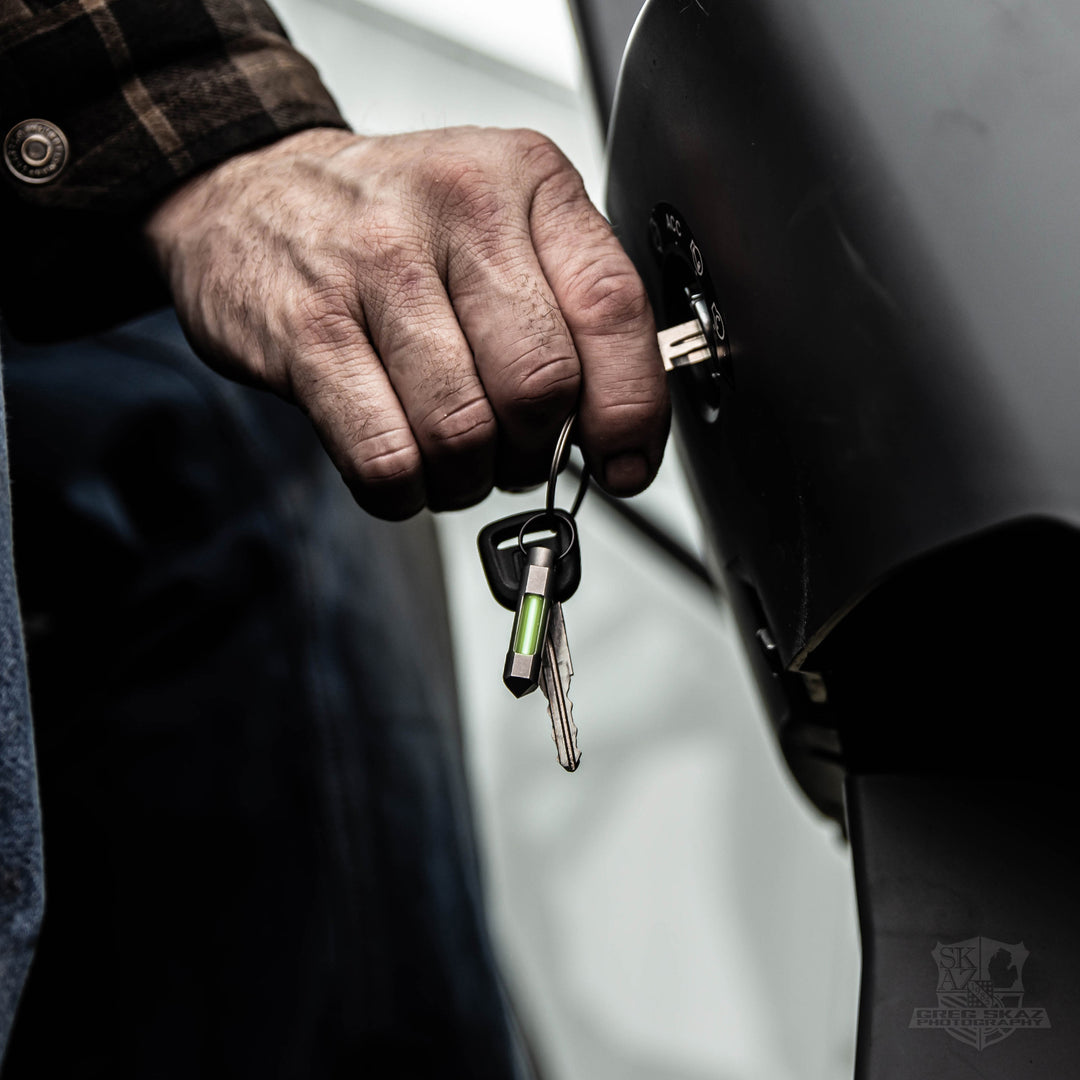
Radioluminescence: How Does it Glow?
The glow you see isn’t the tritium itself, but a combination of tritium gas and a phosphor lined vial, a phenomenon called radioluminescence. Phosphor, by the way, determines the color of the glow - green being the brightest.
This chemical interaction between tritium and phosphor means you don’t need a battery or electricity of any kind. But the party doesn’t last forever. As tritium decays, its glow will eventually start to wane. At the end of roughly twelve years, you will start to see the glow dim, a sign that your tritium has reached its half life.
Why isn’t Tritium in More Products?
The Nuclear Regulatory Commission regulates the use and distribution of self-illuminated tritium devices. Only companies with approved distribution licenses are allowed to produce and sell tritium products (yay us!).
Glow Rhino follows NRC rules to a tee, so you can rest assured our products are as good and safe as it gets.




